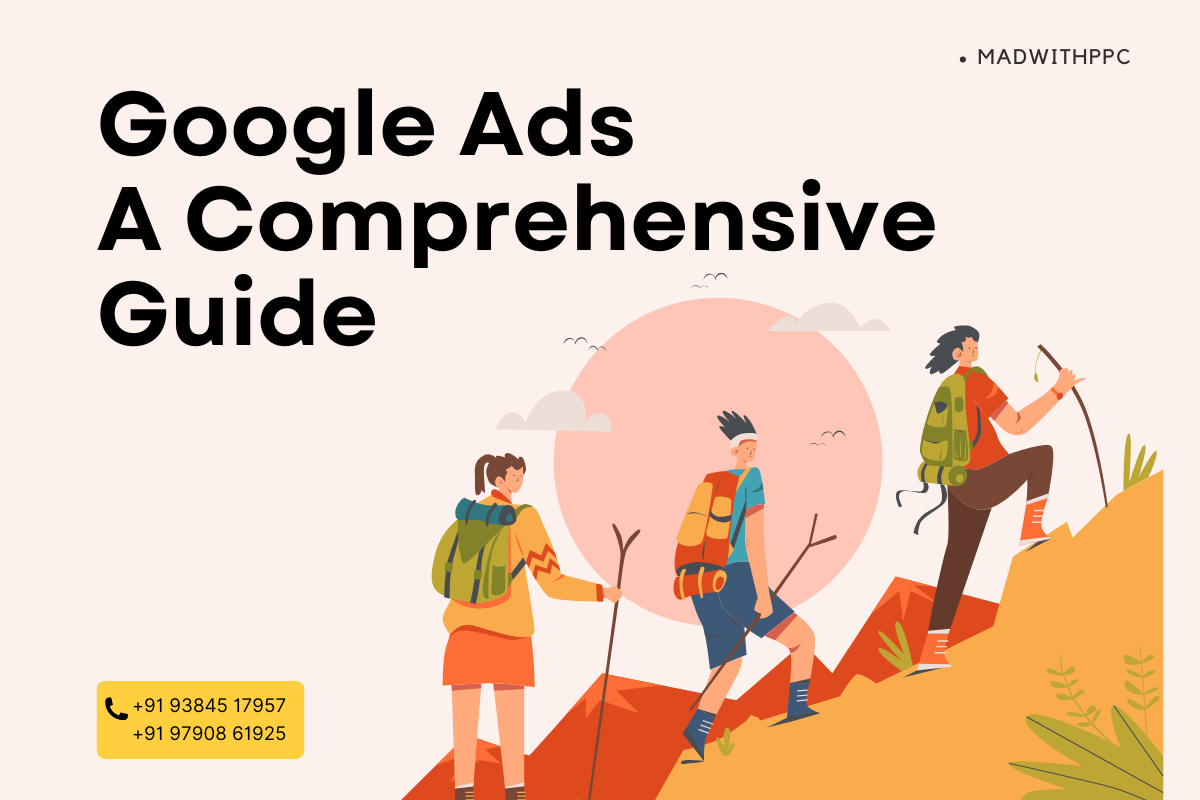The compatibility between Google Ads campaign types and various audience segments. This should make the concept of “Audience selection does not match with audience targeting” easier to understand:
|
Campaign Type |
Supported Audience Segments |
Notes |
| Search Campaigns | – In-Market Audiences
– Custom Segments (based on keywords and URLs) – Remarketing Lists – Customer Match |
– Search campaigns use keywords as the primary targeting method.
– Audiences layer on top to refine targeting but won’t replace keyword-based ads. – Best for Intent-based targeting. |
| Display Campaigns | – In-Market Audiences
– Affinity Audiences – Custom Segments (keywords, apps, or URLs) – Remarketing Lists |
– Ideal for broad brand awareness.
– Audience selection is crucial as it replaces keyword targeting. |
| Performance Max | – In-Market Audiences
– Affinity Audiences – Custom Segments – Remarketing Lists – Customer Match |
– Automatically uses audience signals to guide machine learning.
– Doesn’t strictly limit to selected audiences. |
| Video Campaigns (YouTube) | – In-Market Audiences
– Affinity Audiences – Custom Segments – Remarketing Lists – Demographics |
– Works well for targeting interest-based or behavior-based segments.
– Best for storytelling and engagement. |
| Shopping Campaigns | – Remarketing Lists
– Customer Match |
– Shopping ads rely on product feeds.
– Limited audience use (mainly for remarketing or customer match). |
| Discovery Campaigns | – In-Market Audiences
– Affinity Audiences – Custom Segments – Remarketing Lists |
– Best for discovery-focused content.
– Audience targeting replaces any keyword intent. |
| App Campaigns | – No manual audience targeting (uses Google’s AI for automated targeting) | – Audiences aren’t directly selectable, as Google optimizes ads for installs or engagement goals. |
Key Highlights:
Search Campaigns:
Audiences are used to refine targeting but require keywords to trigger ads.
Example: If you select In-Market Audiences for “Healthcare Services,” only users searching relevant keywords and in that audience will see your ads.
Display Campaigns:
Audience targeting is the primary focus, as there are no keywords.
Example: Use Affinity Audiences like “Health Enthusiasts” for brand awareness or Custom Segments based on competitor websites for niche targeting.
Performance Max:
Uses audience signals to guide AI, but ads are shown to users beyond the selected audiences.
Example: Add Custom Segments with keywords like “urgent care near me” as signals to optimize performance.
Video Campaigns:
Best for Affinity (broad interests) or In-Market Audiences (active shoppers).
Example: Use Affinity Audiences for fitness products or Custom Segments for viewers who searched specific health-related topics.
Shopping Campaigns:
Audience targeting is limited to Remarketing or Customer Match.
Example: Show ads to users who previously viewed products on your website (remarketing).
App Campaigns:
Google Ads handles targeting automatically based on app install or engagement goals.
How This Relates to “Mismatch” Errors:
If you’re using Search Campaigns but select broad Affinity Audiences, Google Ads may flag this as a mismatch since Search focuses on intent-based targeting (keywords + in-market/custom audiences).
Similarly, using unsupported audience segments (like Affinity for Shopping Campaigns) will trigger errors.


Comments are closed